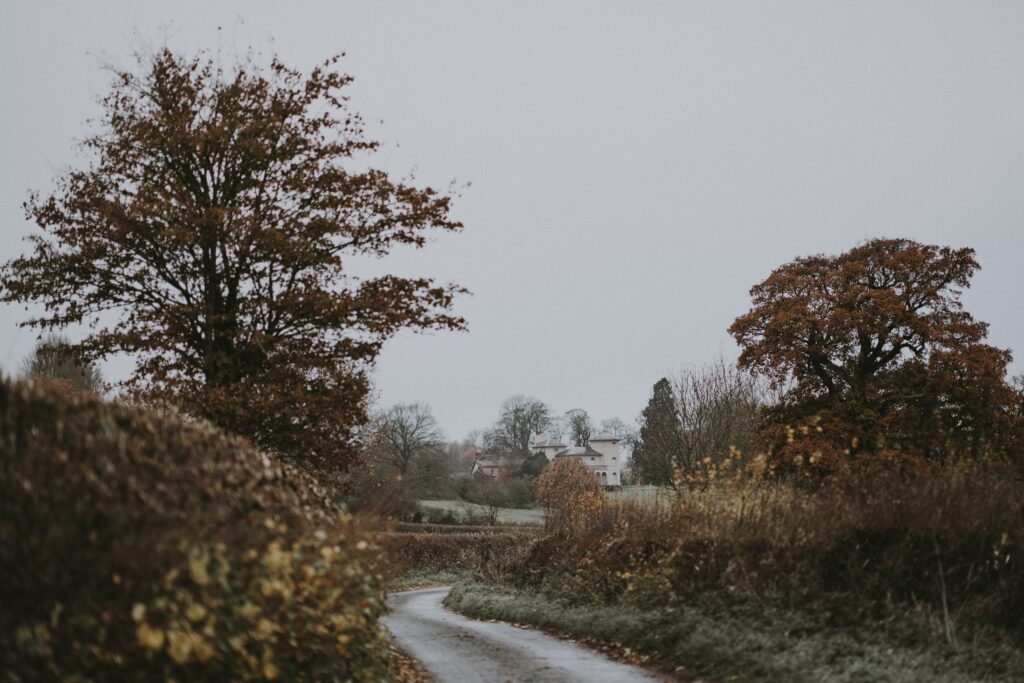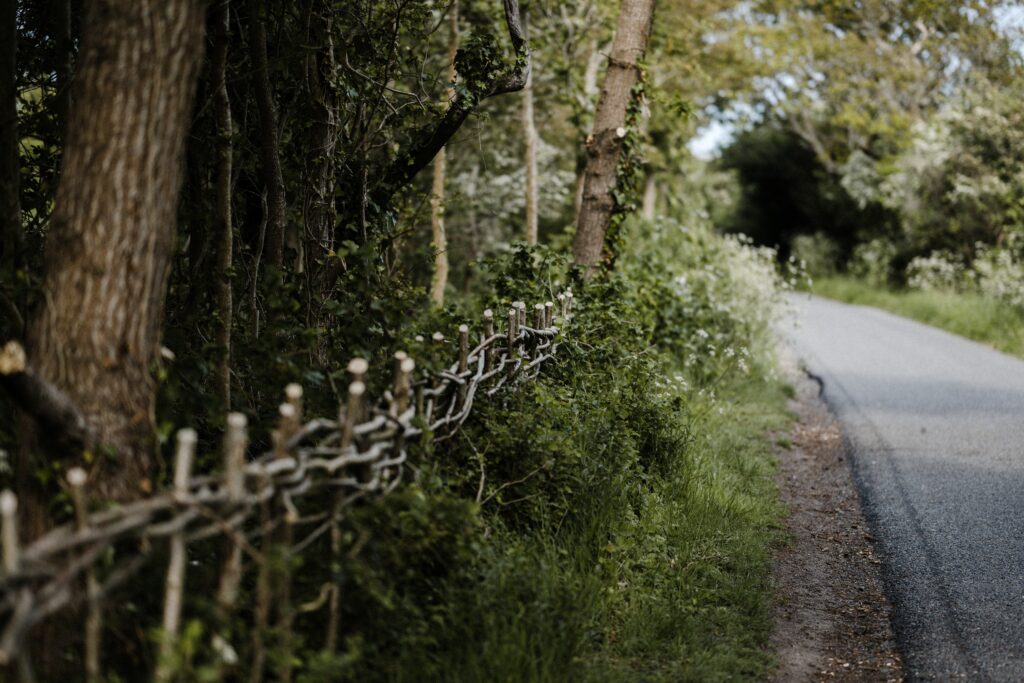The importance of hedgerows
We will all have walked or driven past without giving them a second thought but hedgerows are pretty amazing. If you don’t believe us, here are some fun facts about hedges:
- The UK has over 500,000km of them (compared with 400,000km of roads)
- A man called Rob Wolton spent 2 years studying the hedge near his house and found over 2,000 species of wildlife
- Some hedgerows are believed to date back 4,000 years, making them some of the oldest man-made features in the UK

Hedges were originally used to mark boundaries and keep livestock in. After WW2 the focus for farming became producing as much food as efficiently and cheaply as possible, helped by the arrival of tractors and nitrogen based fertilisers. Hedges were pulled out as fields got bigger to make them easier to manage. For the hedges that were left, the introduction of heavy machinery came with an obsession with making nature neat and orderly. Farmers began to cut their hedges so they were smaller and tidier, allowing for the maximum amount of field to be used for planting crops and visual neatness.
Hedgerows play a vital part in our ecosystem though and removing them led to a massive decline in several species. Smaller animals and birds use hedges as highways, with the branches providing vital cover from predators. We recently read a report on one of the hedges on the farm at home and were surprised to read ‘bats use this hedgerow for commuting’. As hedges disappeared, so did these animals, along with insects and birds that rely on the diverse plants offered by hedges.
As farmers have pushed the land to the limits of productivity, both in terms of the space they use and the rate of production, it is not only the wildlife reliant on the hedgerows that have suffered. The soil itself has begun to die due to the heavy ploughing and excessive chemical use.

But there is hope. Recently, the focus of agriculture has started to swing back towards sustainability and biodiversity, and the value of hedges is starting to be appreciated. Farmers once got subsidies for removing hedges to maximise yields, it is now illegal to remove hedges without permission and subsidies are available for both planting and minimising the cutting of hedges. It is also now advised, where possible, to leave a strip of land between fields and hedges, leaving more space for diversity and cover for the wildlife. This not only does amazing things for the animals and birds, hedges prevent soil erosion and help hold water, thereby reducing the possibility of flooding downstream. On top of all of that, they also capture carbon.
There is a point to this story, we promise! We think there are two lessons we can take from this:
- Productivity is only productive as long as it is sustainable. Farmers have been encouraged to maximise production to such an extent that they are close to destroying the very land they rely on. The same can apply to us, it’s tempting to burn the candle at both ends, to put our heads down and work as hard as we can for as long as we can to get through our endless to do lists but this is not sustainable and the less we take care of ourselves, the harder it is to recover when we eventually burn out. Rest is a productive use of our time, it allows us to recharge and regain energy to do what we do to the best of our ability rather than as quickly as possible.
- Leave space for wildness. We live our lives in 280 characters, 10″ stories, tabs, to do lists. Our lives are as full and as productive as possible. We are in a perpetual state of motion, rushing to fit everything in but actually there is value in leaving some space around the edges, some gaps in time that are not organised, or accounted for or immaculately tidy. We work in a creative industry. If we leave some space for freedom where ideas can grow naturally and probably not in the way we had planned or expected, this can actually be the most creatively abundant.